Stone & Wood Flooring
Wood and stone flooring are tried and trusted options for our homes with good reason, thanks to their unrivalled hardwearing qualities. They should be top of anyone’s list, whether building from scratch or refurbishing an older home, and there’s no shortage of design and colour options.
Wood flooring
Although some interior designers are now asking for wood flooring in narrow 50 to 80mm boards, in the mass market wide planks still hold sway. This is especially true of engineered flooring, for example, oak boards from Element 7 are up to 300mm wide, while softwoods such as larch can be 340mm wide.
Solid timber floors are beautiful, and can take your breath away when used in large, open plan areas. It is a durable, long-lasting option, suitable for a kitchen but not recommended for a bathroom, where changes in heat and moisture levels can make it swell or shrink.
Since each plank is one solid piece of timber, the flooring can be sanded and refinished whenever it starts to look worn, without any ill effects. Select or premium grades have fewer knots and a more consistent colour.
For supersized oak boards up to 7m long, or Douglas fir up to 15m long, try Dinesen.
Engineered boards come in all the colours and finishes of solid wood. The difference is in the construction: they are made up of a sandwich of a top layer of quality wood, and a bottom layer of ply. Engineered wood is more stable than solid wood, making it a good choice in a kitchen or bathroom.
Contrary to popular belief it can be sanded: boards with a top layer of 4mm can be sanded two to three times, but a 6mm layer can be sanded four to five times.
Reclaimed flooring is seen as an eco-friendly option. Reclaimed boards owe their beauty to years of use and layers of varnish or polish. However, if you choose to remove these layers you may find areas beneath that need repair, which could hit your pocket.
The floor may previously have been treated with chemicals that are absorbed by the wood, so check its provenance if you can. Always buy extra, as it will be hard to match if you need replacement boards.
Bamboo is a fast-growing grass rather than a tree, and is considered eco-friendly, since it reaches maturity in just five years and regrows when cut. Once treated, glued under pressure and cut into planks, bamboo has the strength of oak. It makes for a stable flooring, less prone to shrinkage than wood, so is ideal for bathrooms.
Wood look-alikes include upmarket laminates from Pergo or Quick Step. They are hardwearing and can look as natural as the real thing. They’re made from layers of board, with a photographic image of wood topped by a varnish coat. Standard laminates aren’t suitable for bathrooms, but check out Quick Step’s Lagune, which stands up to splashes.
Amtico, a hardwearing compressed resin with a tough urethane coating, also comes in wood effects, or try Tarkett for vinyl, and Craven Dunnill for wood-effect ceramics.
Stone flooring
Virtually indestructible, with natural good looks and an expensive finish, stone will add a certain cachet to your home. If well sealed, a stone floor will resist damp and is easy to clean, while underfloor heating will take away any chill.
Limestone is always a popular choice for bathrooms and comes in many finishes, from aged to tumbled and distressed. Look out for pillowed stone, with its gently rounded edges, and diamond sawn finishes, with varying degrees of rusticity. Try Stonell, Stone Age and Mandarin Stone.
Travertine is a version of limestone, formed near hot bubbling springs, which gives it a distinctive pitted appearance. Choose it for high-traffic areas
Slate has a wide colour range, from green through to blue, rust and greys, and is available with riven (rippled) finishes. Try Kirkstone for a large choice.
Sandstone has a coarse, open-grained texture, with good slip-resistance, so is often used outside.
Marble is a top quality stone that looks luxurious in hallways and is a popular choice for bathrooms. It’s relatively porous so needs sealing, and could be marked by food spills. Find new marble at Paris Ceramics and reclaimed marble at Drummonds.
Granite is tough and hardwearing, and looks wonderful in a glossy black finish, but green, grey and cream are also on offer. Highly polished finishes are great in open-plan spaces and kitchens.
Basalt is similar to granite and equally hard; black tiles and strips are popular.
Antique stone reclaimed from old buildings has a patina for an instant aged effect. Re-using stone is an eco-friendly option, though bear in mind transport.
Look-alikes such as ceramic and porcelain tiles do a fine job of mimicking stone, with the advantage of being light in weight and easy to care for, and not needing any sealing. Thinner than stone, they are better suited to upstairs bathrooms. Finishes can be smooth and polished, or rough and textured, just like the real thing. Try Johnsons Tiles. Man-made stone tiles and flags are made from a mix of real, crushed stone and resin, and it’s hard to tell them from solid stone. They don’t require sealing.
Main image: Chollo limestone flooring from Stone Age
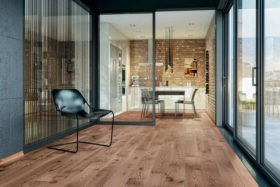
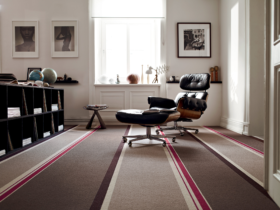

















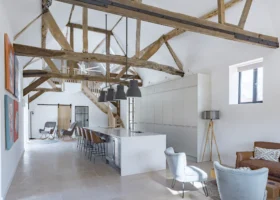















































































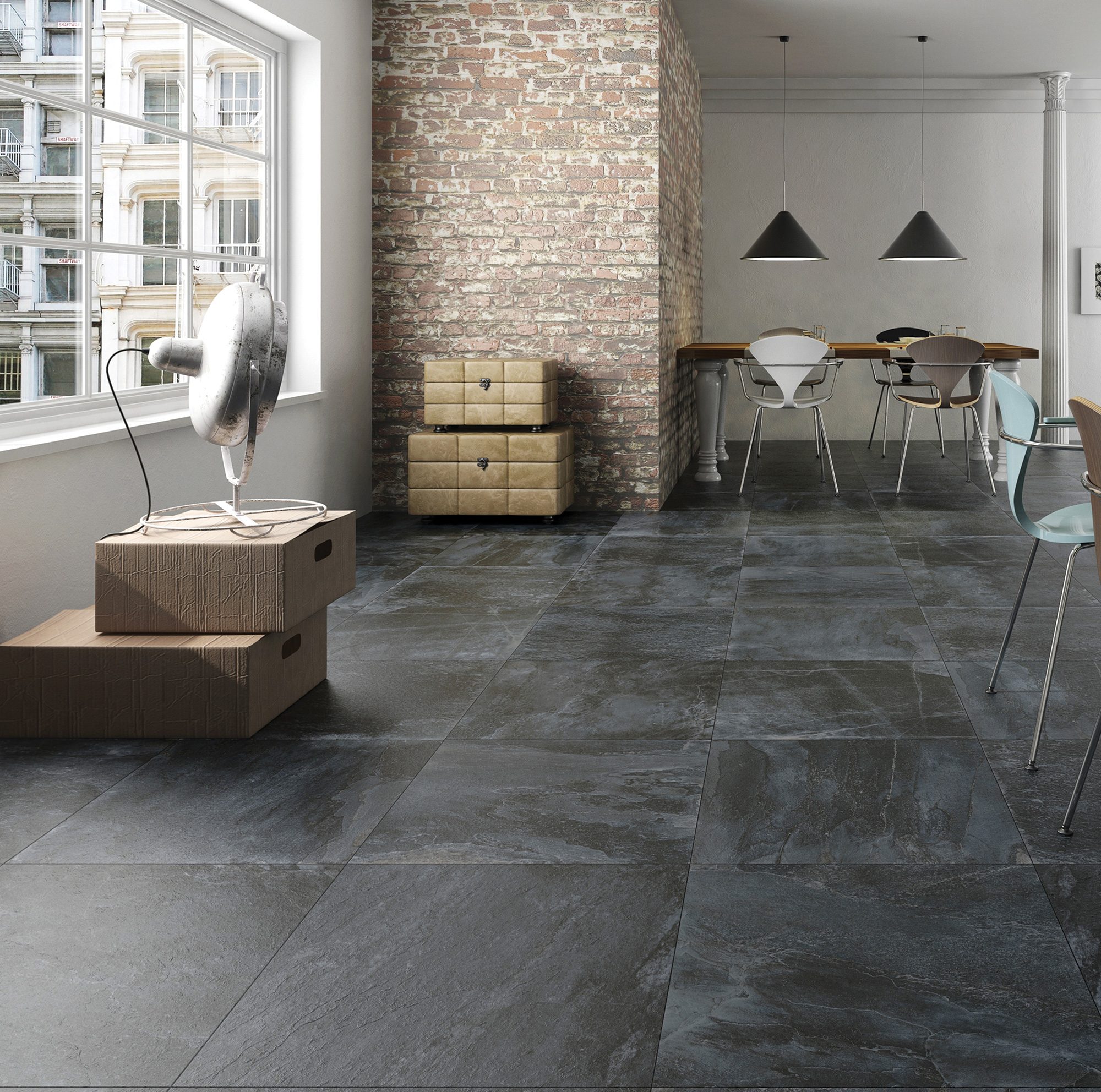
 Login/register to save Article for later
Login/register to save Article for later

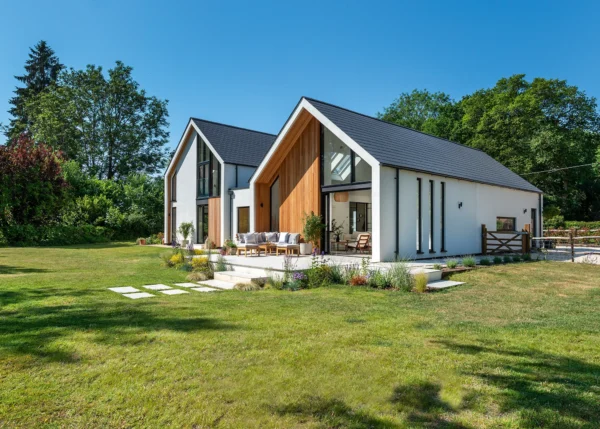
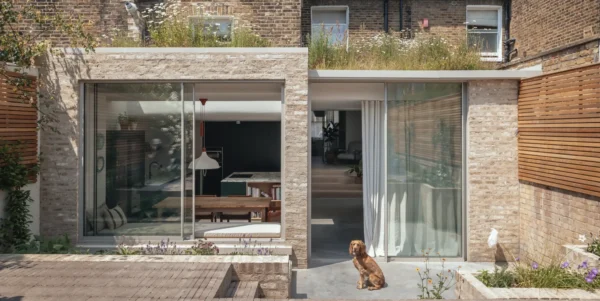
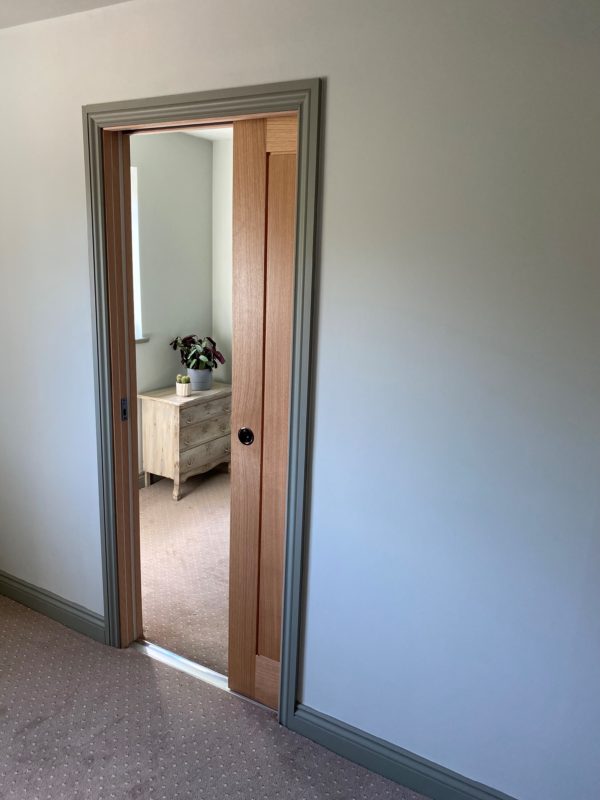
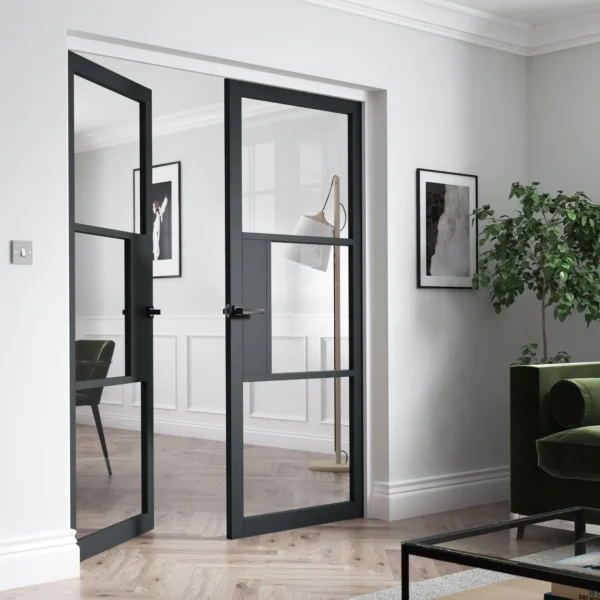
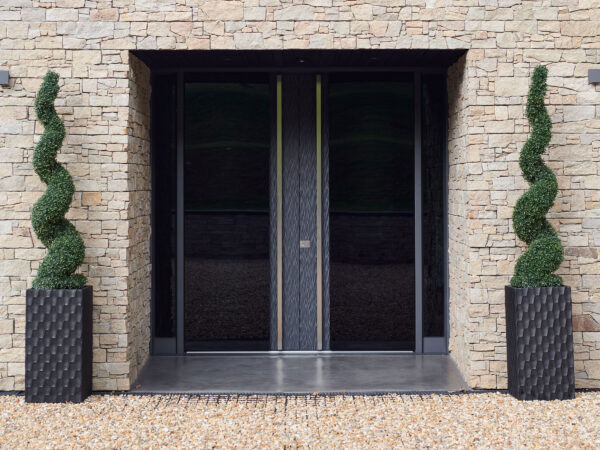
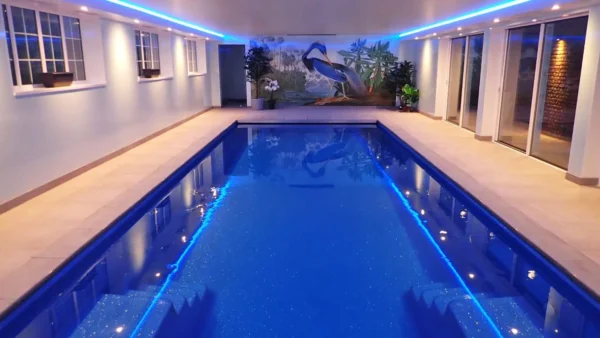




Comments are closed.